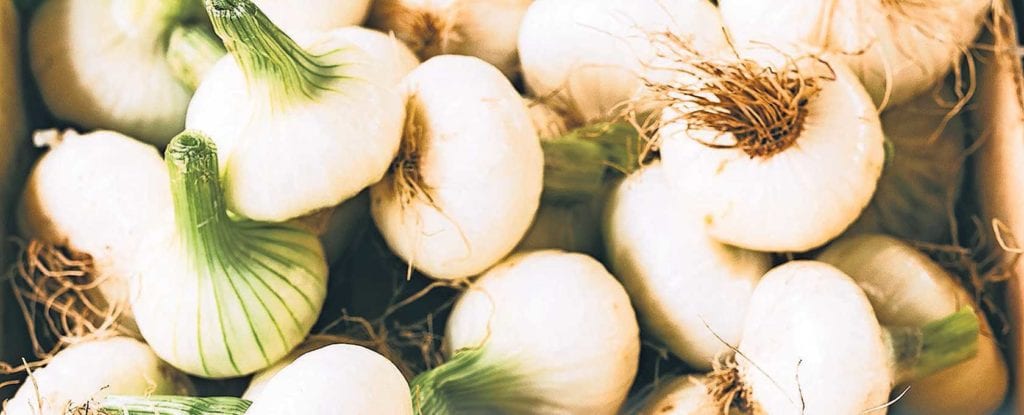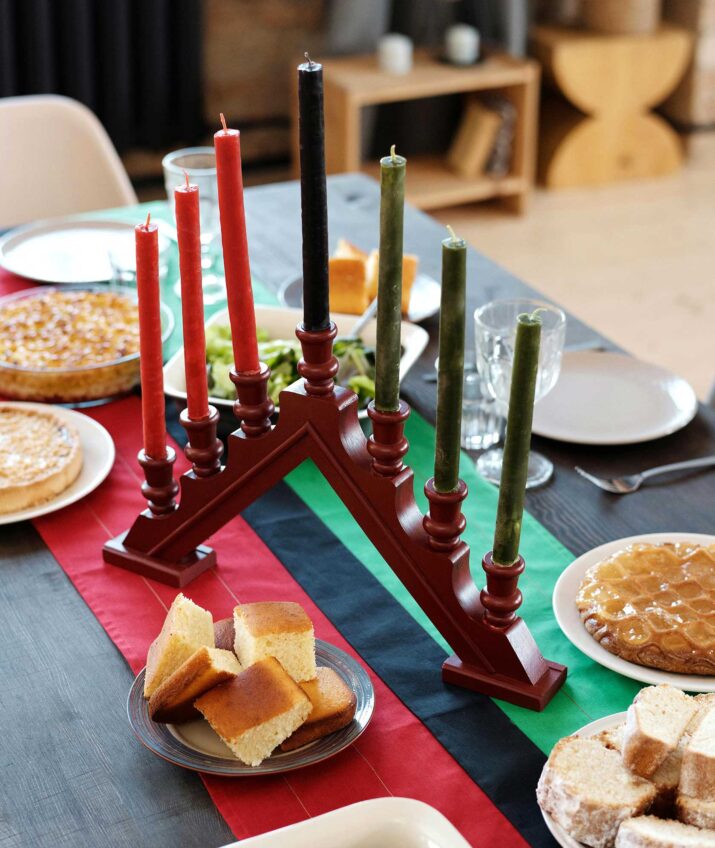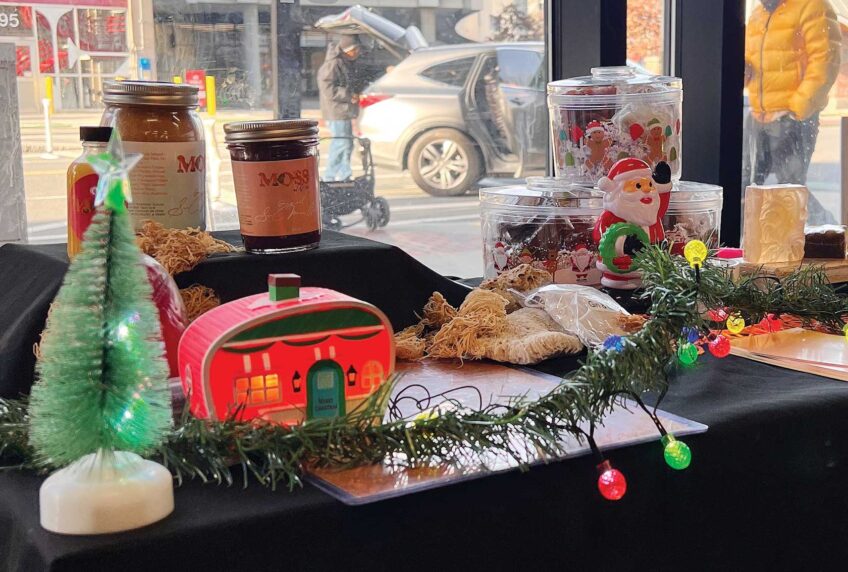
If you consider yourself a garlic enthusiast, you probably insist on using it fresh, rather than chopped in a jar. That’s kind of a low bar, honestly. Especially when there’s one kind of garlic that’s superior to all others, and your time is running out to get it.
The difference between good versus crappy garlic is similar to that of cooking on gas versus electric. It doesn’t necessarily change the final flavor, but the process makes a huge difference to the chef. So, cooks like us prefer the action of a good bulb of garlic.
The practical cook uses garlic that peels like a banana, revealing a clove large enough for a single meal without a fuss. Typically, that garlic is hardneck. Big Garlic grows the other kind, called softneck. Chinese and Californian megafarms grow softneck in endless monocultures.
Big Garlic likes softneck because there is more money in it. A single head of softneck can contain 20 or more cloves, each one of which, when planted in the earth, will grow into a new bulb. A decent hardneck variety, by contrast, will only contain 4 to 8 large, beautiful, uniformly shaped cloves that shed their skins without a fight. That’s what you want, if you’re a cook.
Finally, softneck doesn’t produce those pesky scapes, aka the delicious flowering stalks that sprout from the center of those plump, symmetrical hardneck bulbs when planted. Those flowering stalks must be picked off the plants so the bulbs will reach full size. While I — and most small farmers — don’t mind harvesting (and selling, and eating) the scapes, the extra labor required to pick a huge field of those curlicues is more deterrent against growing the good stuff.
Get the good stuff
If that isn’t you, or you don’t want it to be you, then it’s time to go get some good hardneck garlic before the farmers go into hibernation, or hopefully some tropical location. Garlic has a season, and that season is about to end. This time of year, in many parts of the country, the opportunities to acquire good garlic shrivel up. So here’s how to make a move on a hardneck stash for this winter.
- Step one is to find the right stuff, most likely at some outlet for local produce like a farmers market or local grocery. Alternatively, ask around among your farmer friends.
- Step two is to calculate how much you need. If you think you need a bulb a week, that’s about 25 bulbs to get you through until next summer, when the next crop will be ready.
- Step three is to do the math and take the plunge. For less than the cost of taking an average family to the movies, you can own a stash of garlic for which you will be grateful every day. And you can bet that farmer will remember you next year.
- Step four is to make it last its maximum shelf life. Store it in a cool, dry, well-ventilated place. Fetch the garlic as needed from the stash, a bulb at a time, disturbing the stash as little as possible.
And if you are a true believer like I am, then you probably already know that now is the time to plant some garlic yourself.
For perfect pasta
If that is not thrilling enough, how about a technique that will improve every single bowl of pasta that you make for the rest of your life: Whether it’s mushroom sauce, clam sauce or a simple marinara, from Bolognese to macaroni and cheese, whether its your grandma’s secret recipe or sauce from a jar, this is what you need to do to your noodles before you add that special sauce.
Raw garlic has a sharp spiciness, while cooked garlic is more aromatic. By coating the noodles with garlic when they are piping hot, the garlic cooks a little bit, which brings it, and the noodles to which it is applied, to a place of maximum flavor.
To go there, prepare the garlic to the point where the cell walls are destroyed, so its juice flows freely. You can press on it with a knife, mash it with a mortar and pestle, grate it or obsessively mince it.
Kissed by Garlic Pasta
Serves 4
- 1 pound pasta noodles, cooked just the way you like it, and still hot
- 1 tablespoon pulverized garlic
- 2 tablespoons extra-virgin olive oil
Add the hot noodles to a large bowl. Toss in the garlic and olive oil. Mix together quickly and thoroughly so the garlic gets half-cooked.
Your noodles are now ready for whatever else you have in mind, whether a simple topping of chopped parsley or a hearty Puttanesca.






